BY ARI KASER
One statue. Three stories. Five countries. The Boy with the Leaky Boot stands in over 20 cities in the United States alone, carrying his story with him, but it is all an urban legend. The statue was only intended to be a fountain, but it has become the symbol of many towns across the world.

According to RoadsideAmerica.com, the statue was originally created and made its first appearance in a company catalogue, believed to be J.L. Mott Iron Works of New York City, in the late 1800s.

J.L. Mott Iron Works was a company that specialized in plumbing parts and fixtures. Fountains were one of these things. The original name of the fountain was The Unfortunate Boot, which continues to be used today by some of the towns located across the US.
There are multiple stories that surround the statue of the boy. Wadsworth, Ohio’s story focuses on a young boy being hailed as a hero during the time of the Civil War. According to Roger Havens, president of the Wadsworth Historical Society, the boy was searching for his older brother, and in doing so, ended up bringing dying soldiers water through his boot.
There are other accounts of his story in multiple towns. One legend, as stated in RoadsideAmerica.com says that he was a newspaper boy that drowned while fishing. Another legend that is noted in RoadsideAmerica.com states that he was a little fireman that used his boot to transport water in a bucket brigade.
There are still towns that have no story attached to the boy. Sandusky, Ohio is one of these cities.

“We actually do not have a story to my knowledge,” said Thomas Horsman, communications manager of Sandusky.

Despite not having a legend attached to their statue, Sandusky has made the boy the symbol of the city.
Sandusky has two statues that are on display to the public. According to Horsman, the original statue was bought by a hotel owner in downtown Sandusky in 1895 for the intent of furnishing the park that was right next to his hotel. This statue is now in the lobby of the Sandusky City Hall. The second is a bronze cast replica of the original statue that was created in the early 1990s. This version stands in a fountain in Sandusky’s Washington Park.
“At one point, I forget the year, the city commission of Sandusky voted to make it the symbol of Sandusky,” said Horsman.
Salida, Colorado is a town that can be considered to be unusual in a sense that they still display their original statue outdoors. Salida has had their statue for over 131 years and according to Bob Campbell, a volunteer at the Salida Museum, the statue went under major restoration in 1994.
Restoration of the Salida statue included taking out the rusted insides of the statue and replacing it with stainless steel as well as repainting the statue of the boy. According to Campbell, Salida’s statue stands on the grounds of an old railroad hospital, which is now the town’s city and county building.

Other towns have had to make copies of their statues as well due to vandalism. Stevens Point, Wisconsin has three versions of their statue. Stevens Point is a college town and because of this, incidents of severe vandalism have occurred over the years.
“In a college town like this, our statue was getting vandalized every five years or so,” said Lieutenant Travis Koch, a firefighter for Stevens Point. “Someone would come and try to steal it, or at one point it was decapitated.”

In 1988, Stevens Point’s original statue of the boy was decapitated, a hole punched through its chest as well as the base was broken. After this incident, a concrete replica was made, but after a while, weathering began to affect the look of the boy. In 2013, a fiberglass mold was made and it is this version that stands in front of the fire station at Stevens Point.
Wadsworth, Ohio regained their statue in 2014 after not having him for about seventy years. Sandusky lent Wadsworth their bronze cast statue nine years ago to be used as a model for the statue that is now in downtown Wadsworth.
Wadsworth purchased a statue from the original catalogue in the late 1800s and it stood in the strip that separated the traffic lanes High Street, or more commonly known as Route 94. According to Havens, the original statue was taken down at the beginning of World War II when scrap metal was needed to fuel the war effort.
According to Havens, the statue is a visual reminder of the people who made the utmost sacrifice for the United States.
Although the story is an urban legend for the city, the statue and his story has and will remain a part of Wadsworth’s history as well as a symbol of the city.
“It will provide an area where locals and visitors can reflect and remember all the soldiers that once served, or who currently serve, in our military forces,” Havens said to the Akron Beacon Journal in an article about the Boy with the Leaky Boot.

The legend of the boy with the leaky boot
BY ROGER HAVENS, President of the Wadsworth Historical Society
A popular legend about the Boy with the Leaky Boot started during the American Civil War. There were many fierce and bloody battles during this war that killed and wounded thousands of men and boys. Many of these conflicts took place in open fields and meadows.
Lines of people faced off in these pitched battles and fired their rifles in close proximity toward their ‘enemy’, which ironically, may have been a blood relative. Their rifles were of the one-shot variety that used a lead ball and needed to be reloaded after each shot. These rifles were not accurate in their shooting range which meant the shooters had to advance closely in relation to their target. After each battle, the troops retreated and left the dead and wounded behind for the medics and clean up patrol to deal with the victims.
According to one legend, a young boy witnessed one of these battles due to the fact that his brother was a participant. It was not unusual for family members to ‘follow’ troops to observe battles and such. The child watched as the troops from the North and the South collided on an open rolling hill and valley setting. The boy observed from a wooded area atop a hill.
After several hours of thundering explosions and rifle shots, the opposing forces retreated in opposite directions and left the scene. The boy was numb and bewildered after observing such an event; the bloodiest and longest one he had ever witnessed. His first instinct was to look for his brother, not knowing whether he was a victim or retreating off the field with the other weary soldiers. He moved cautiously through the sea of bloodied bodies trying in vain to find his sibling.
At one point, he was grabbed by his ankle by a fallen soldier. He directed his attention downward to see a suffering individual gasping for his last breath. In agony, he asked the boy for a drink of water. The startled boy stated he had no water upon him to give him. The soldier pointed to the boy’s boots and said, “You have boots and there is a creek running along the bottom of the hill, you can scoop up some water for me!”
The boy, feeling sorry for the struggling troop, trotted down to the creek. He quickly removed both of his boots and filled them to the brim. He immediately trudged back up the hill to the dying soldier. By the time he arrived, the holes in his boots had totally drained the water contained within.
The soldier offered up a practical solution: fill just one boot and use his free hand to cover the gaping hole at the toe of the better boot. The boy did as he was instructed and was able to serve the soldier his last sip of water. The soldier smiled, and his life slipped away.
Other soldiers in the field witnessed this act and begged the boy to bring them water. The boy continued to trot down to the creek and retrieve water for others. He continued this process for the remainder of the day until the recovery parties arrived. For the survivors, he became a hero who they affectionately named, the Boy with a Leaky Boot. The boy did not find his brother that day.
He moved on searching through companies of soldiers and visiting new battlefields. He continued to use his boot to deliver water to fallen soldiers. The boy eventually returned home and his family erected a monument that was placed in a local cemetery to memorialize his missing brother. The name of this child, his brother and family continue to be a mystery; however, hundreds of monuments were placed in cemeteries throughout the North under similar circumstances.
Woodlawn Cemetery in Wadsworth, Ohio has several such monuments and headstones. Could one of them be the Boy with a Leaky Boot’s brother? Possibly…

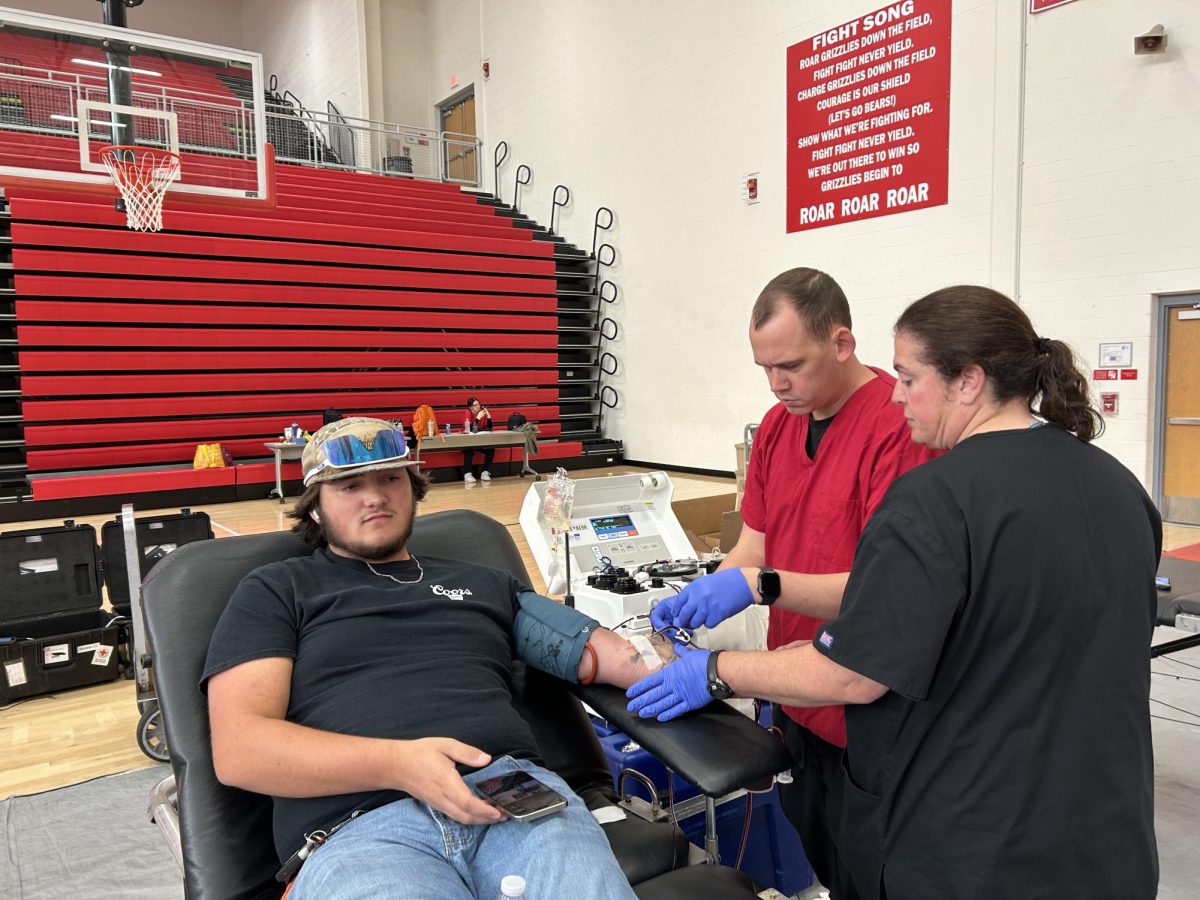

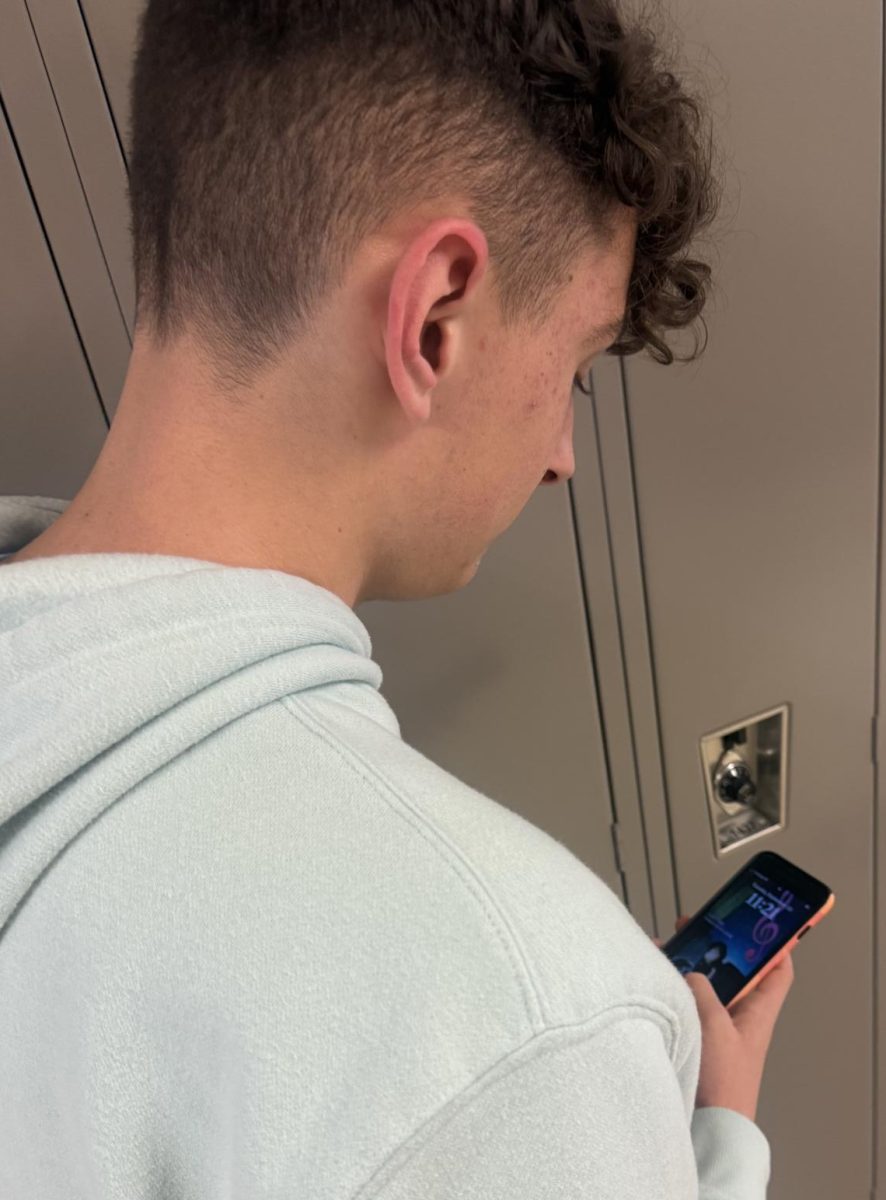


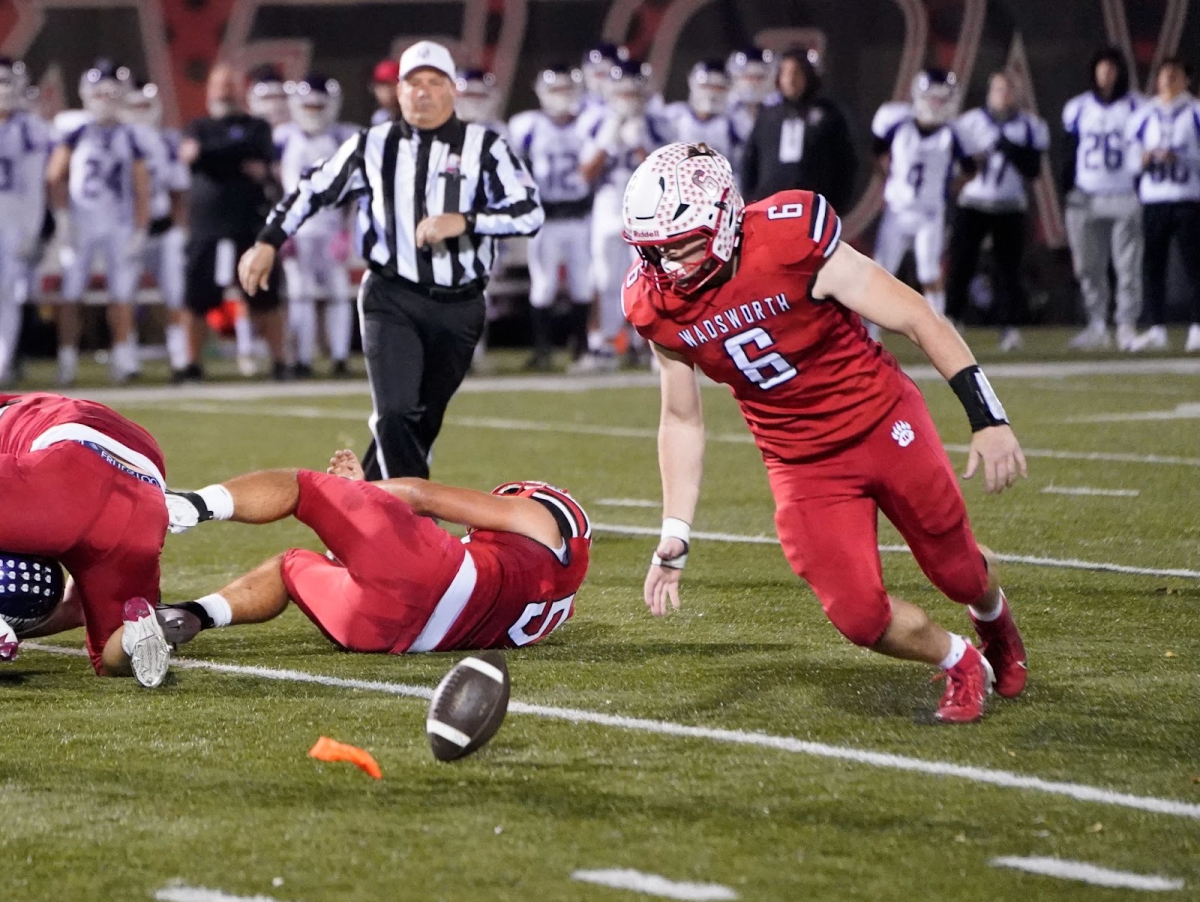
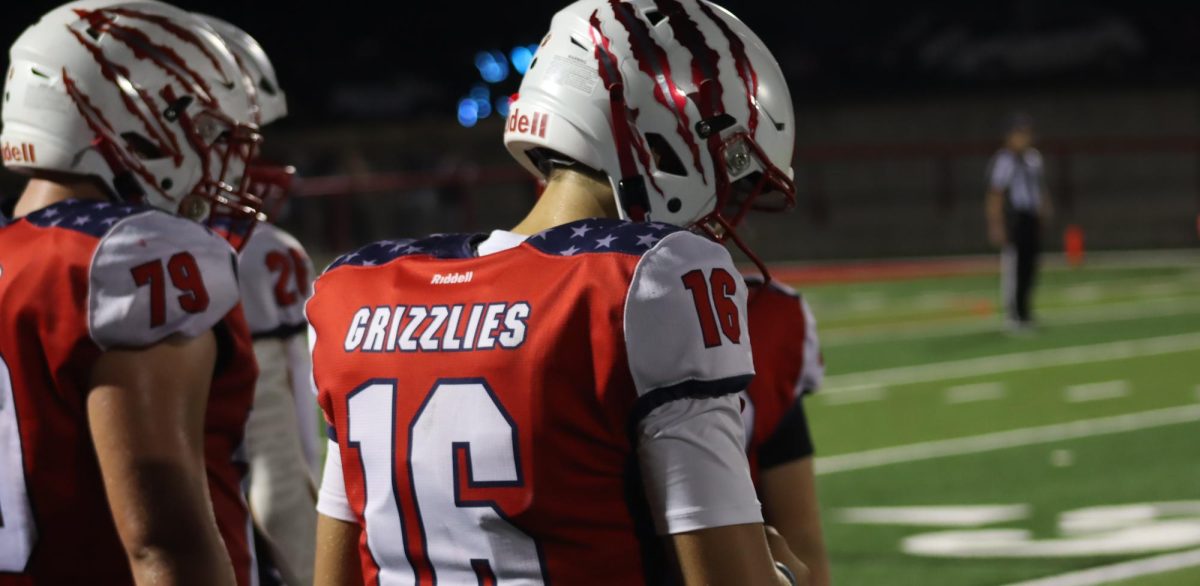
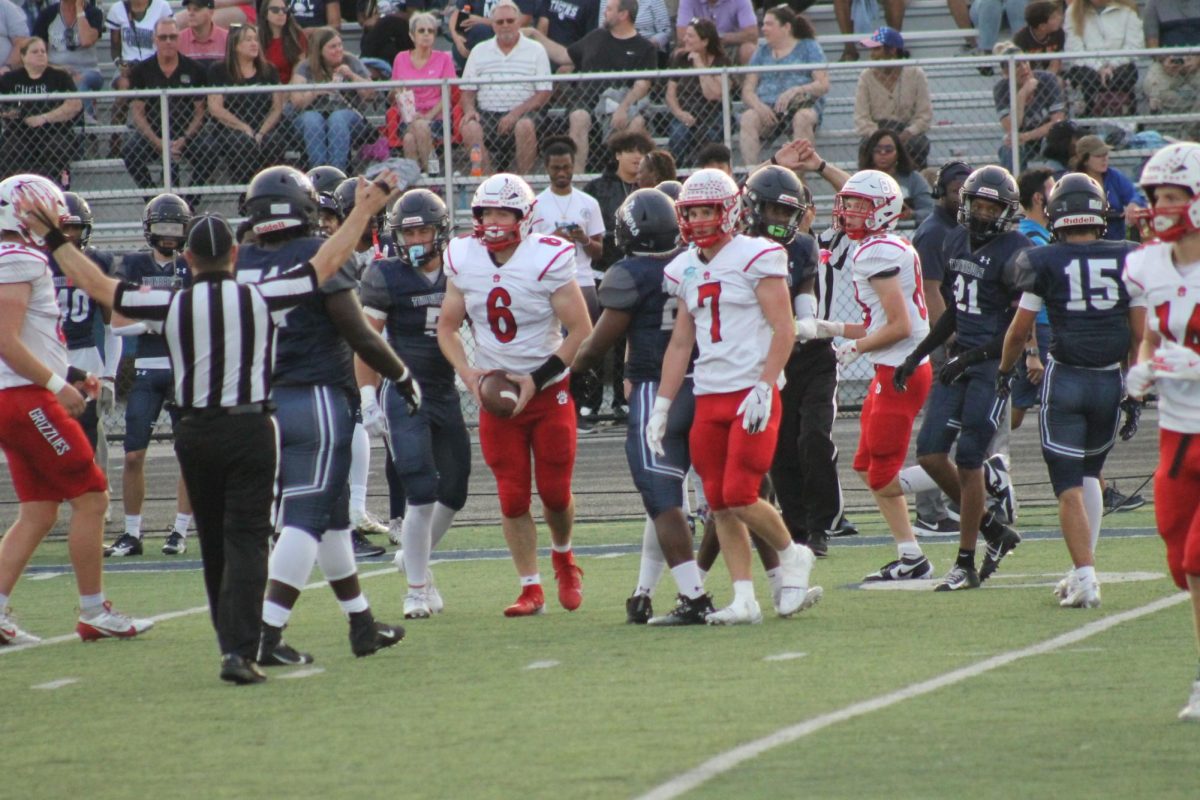





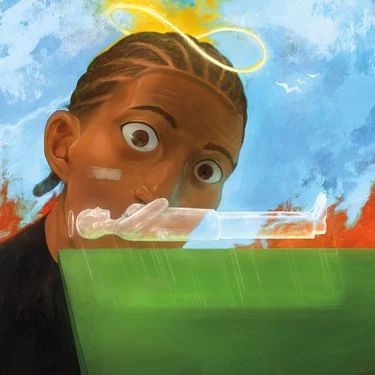
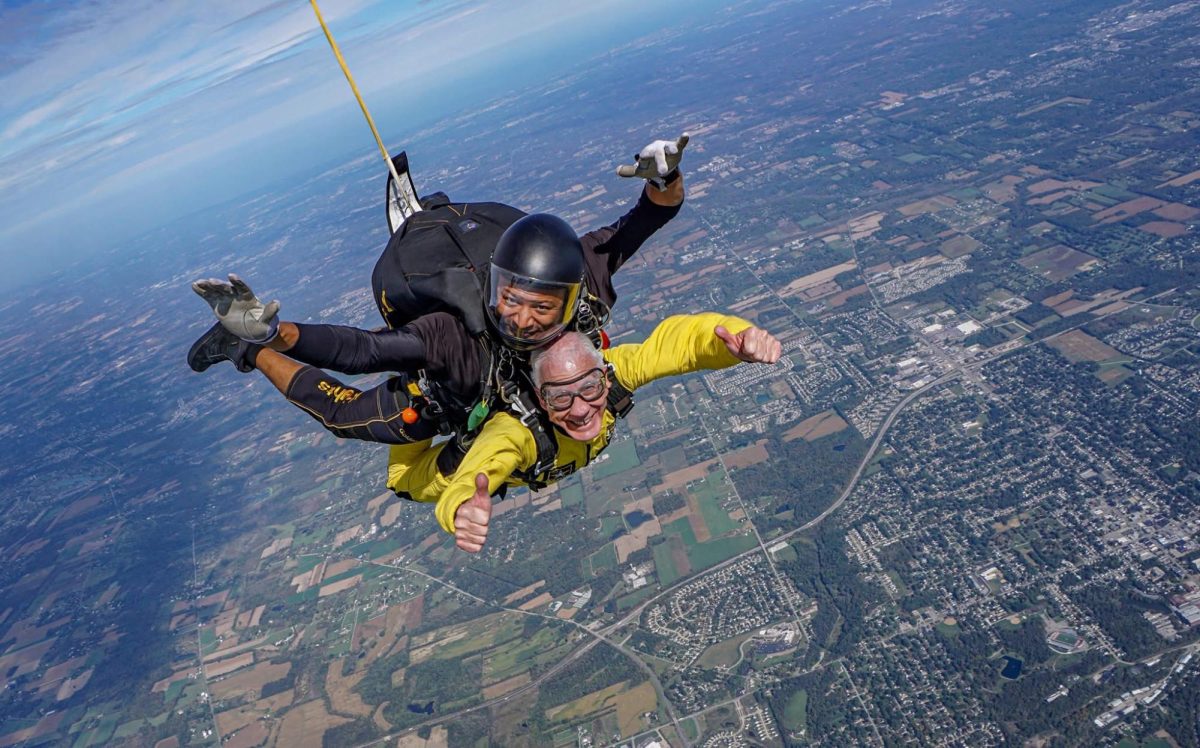



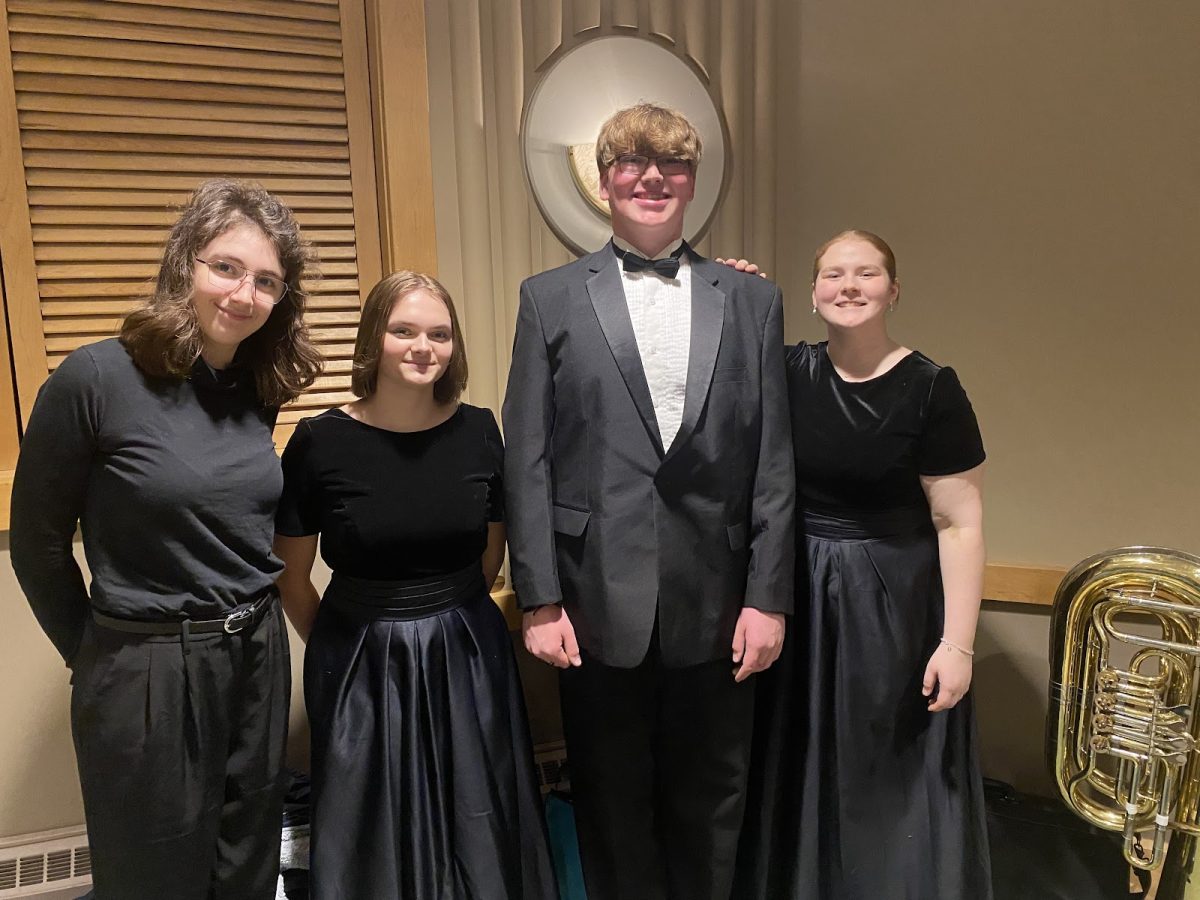



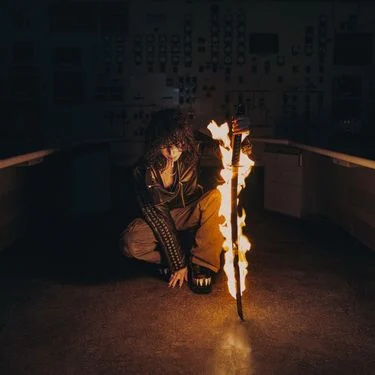







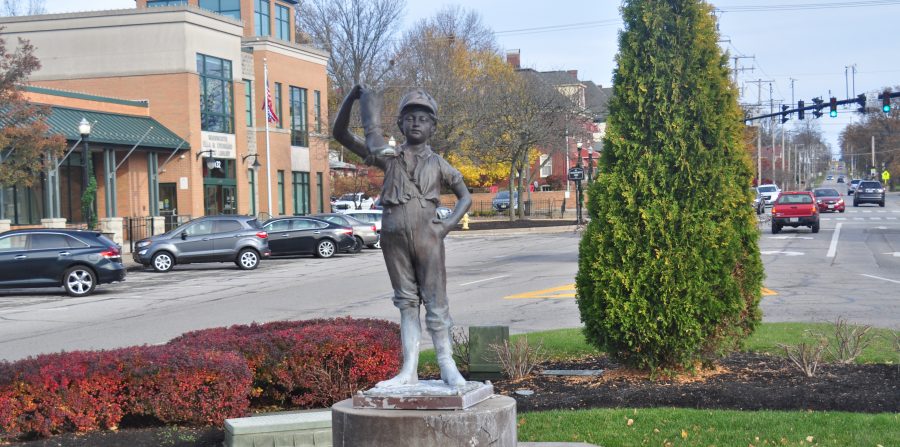

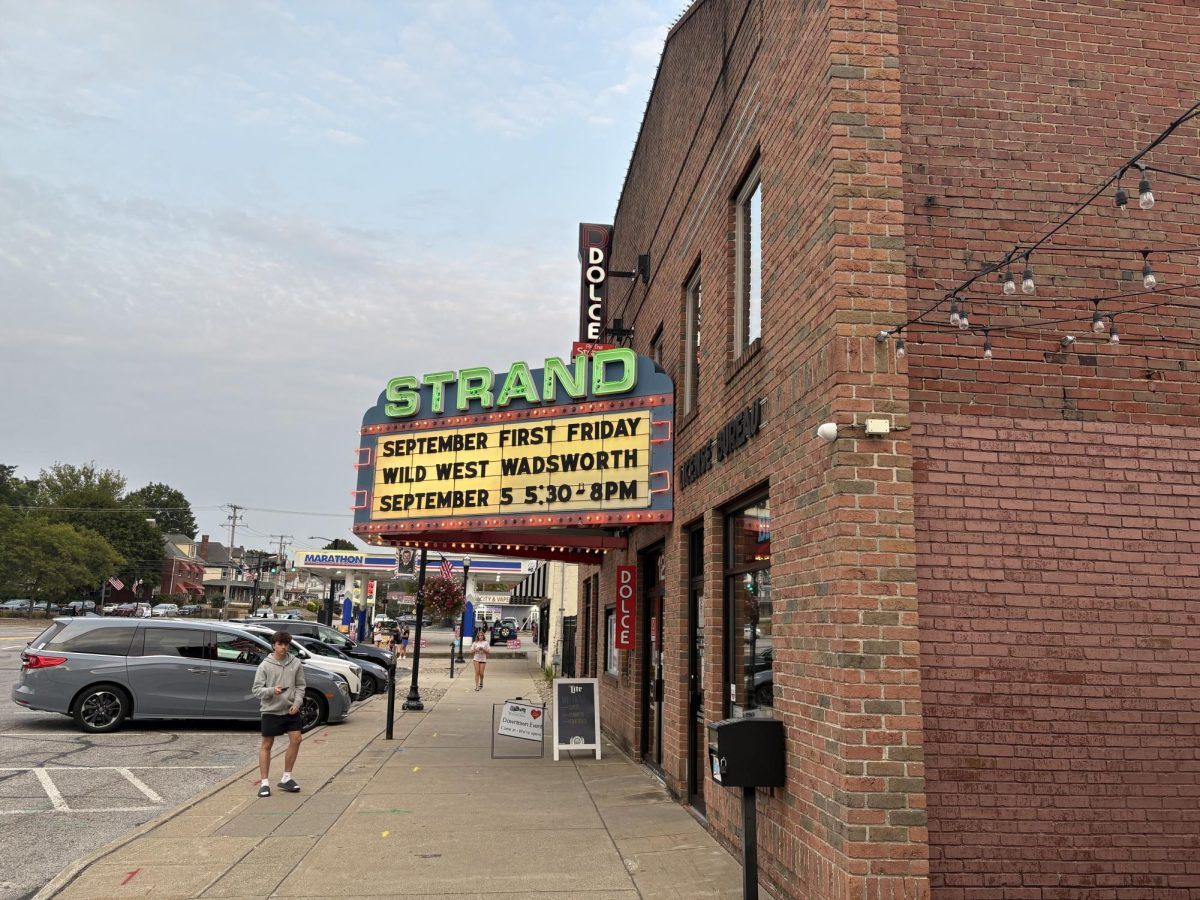

![Wadsworth's Class Of 2025 Walks At Graduation Ceremony [Photo Gallery]](https://wadsworthbruin.com/wp-content/uploads/2025/05/IMG_9018-1-1200x800.jpg)

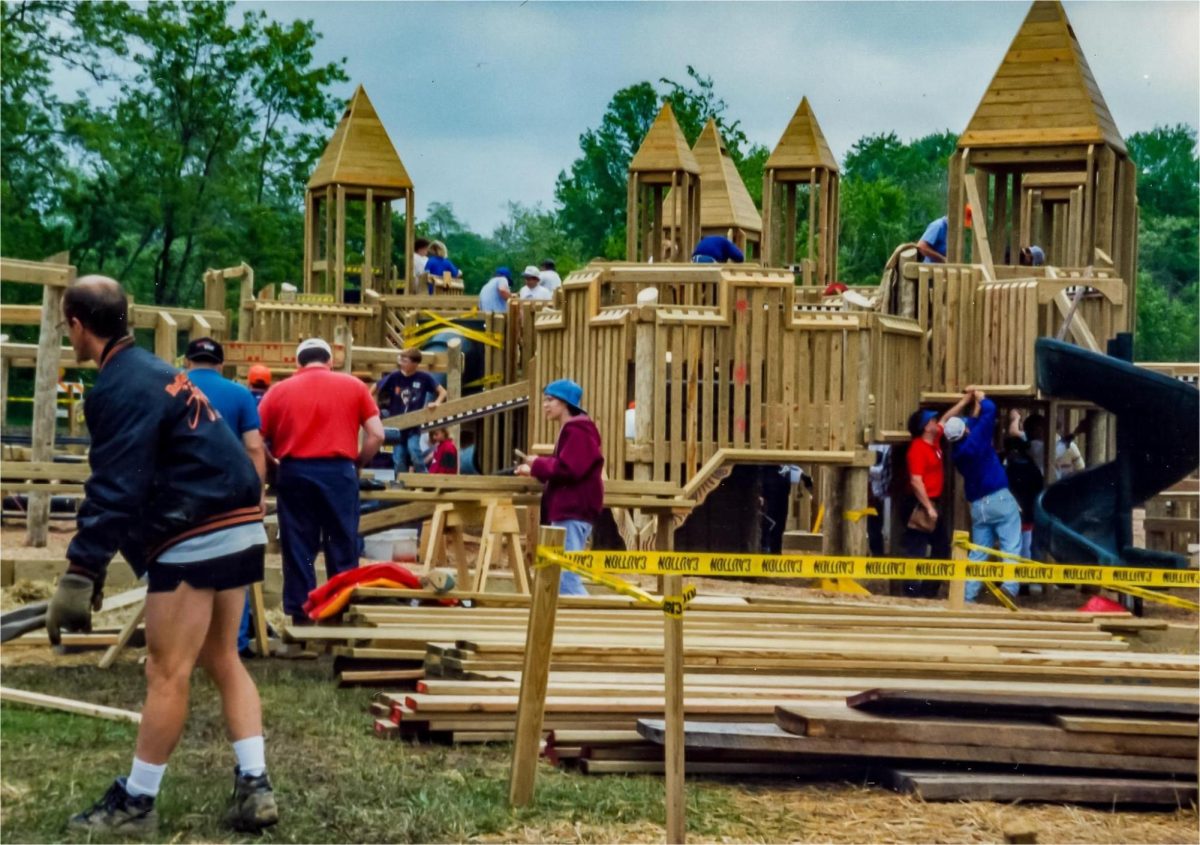

Pam • Apr 17, 2024 at 4:03 pm
Hallo, I’ve just quoted The Bruin in a Wikipedia articleon The Boy with the Leaking Boot.
But could I suggest that, somewhere in the pages of The Bruin, you say where you are? There are several Wadsworths in the US, most of whom probably have a high school. By Googling around I found that you seem to be the Wadsworth in Ohio, but it would have been helpful to find something in your pages to say so. Obviously from your point of view there’s only one Wadsworth, but looked at from outside … ! You obviously weren’t in my nearest Wadsworth, the one in Yorkshire, but beyond that you don’t give us a clue. Don’t forget that with the joys of Google people might find your writings from anywhere in the world.
Thanks for the information about Wadsworth’s Boy with the Leaking Boot, which I’ve now added to the article.
Eric Heffinger • Apr 18, 2024 at 8:53 am
Thank you for your input and for including us on the Wiki page. We updated the story to read “Wadsworth, Ohio” so that others may understand where we are writing from.